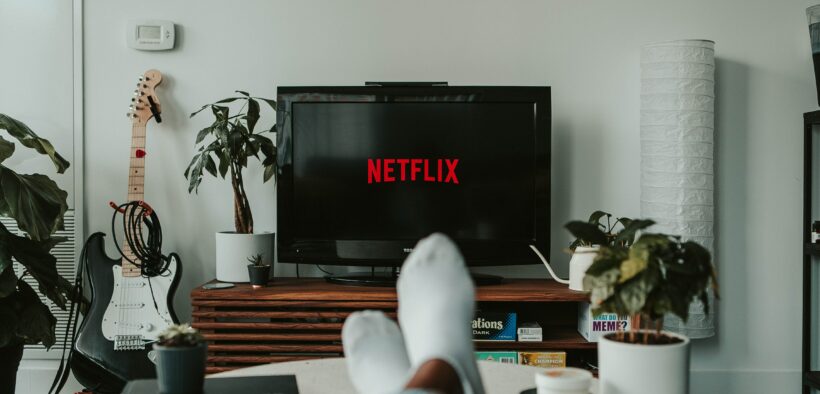Share

Most people don’t like most ads, they are free and have little value. In fact we dislike them so much that many behaviours have arisen to avoid them. One of the issues with bombarding ads at people is it can cue ‘reactance’. Psychological reactance is an aversion to being coerced into something or feeling like our free will is being taken away from us. It’s the feeling you get when you know somebody is trying to sell you something, and can manifest in psychological (tuning them out) or physical (turning them off) avoidance.
But now Netflix has launched a paid option with ads, charging consumers more for the ‘joy’ of not having to watch ads. Therefore, some people are no longer being forced to view the ads, but instead they can ‘opt into’ paying less, and watch the ads as part of their entertainment experience. It’s a choice.
When it comes to ‘choices’ we have a psychological need to maintain consistency between our actions, feelings and thoughts (pay attention here or forget the rest of the article). When these things go out of whack it causes cognitive dissonance and our minds contort to remove the dissonance (Festinger, 1957). Most of us consider ourselves to have pretty good will power and make very conscious choices, but if we’re about to finish our third donut in as many minutes we’ll likely hear ourselves saying ‘I did a lot of walking today so this is fine.’, ‘I’ll do some extra exercise tomorrow.’ or maybe even ‘Donuts aren’t actually that bad for you.’ Most of us aren’t going ‘I’m a piece of shit with no will power.’ …that’s probably more of a fourth donut thing.
There is an interesting experiment that demonstrates cognitive dissonance impacting choice evaluation. People were shown faces and asked to choose who they thought was attractive. Then they were presented with their choices and asked to justify them. However, due to a sleight of hand, one group was shown faces they didn’t actually choose but were told ‘you chose this face, why?’ and how did they respond? They went on to justify all the reasons this face was more attractive (Nakamura & Kawabata, 2013). So strong was the need to maintain a consistent narrative behind their choices that participants were willing to make up an explanation for a choice they didn’t even make. This is the power of cognitive dissonance. We can’t handle an inconsistency in our choices and our thoughts so we find a way to resolve it.
So in the case of Netflix’s ad-filled option people are not only ‘choosing’ to view ads for the first time they’re paying for it. If you are choosing to view ads and investing in an ad-filled option, then you’ll start to justify the decision to yourself with self talk like ‘the ads aren’t that bad’. Why would you knowingly subject yourself to something like this if it were truly awful? You wouldn’t, you’ll probably tell other people the ads are pretty good.
The implications for this are interesting. If people choose (and I use that word relatively loosely) to watch the ads, and they like the ads more, will the advertising garner more attention? Will the ads exposed under these conditions therefore be more effective (cue Karen Nelson-Fields next experiment?)
Or take the argument further, should free to air TV start to ask people to pay so they value the viewing experience more – you don’t value what you don’t pay for is kind of true. Take the learnings of the ‘price placebo’ – in short the more you pay for anything the better we think it is.
People choosing to pay for our ads, utopia isn’t far away!
Matt Plant is the head behavioural science thinker at Thinkerbell.















